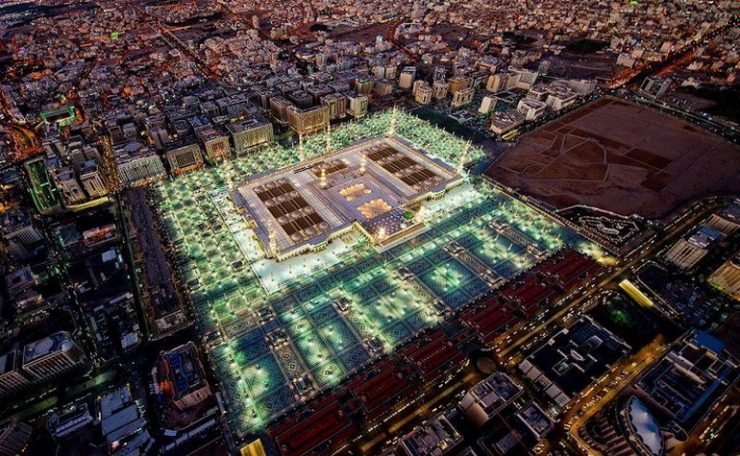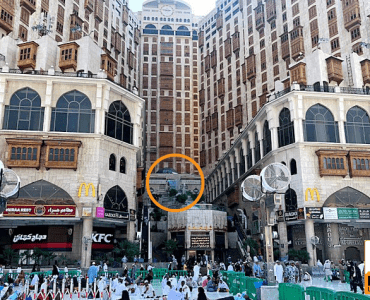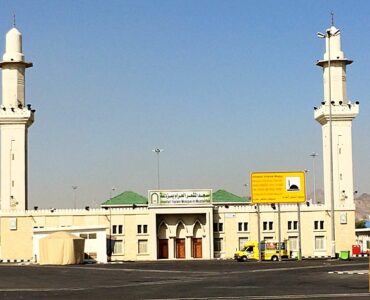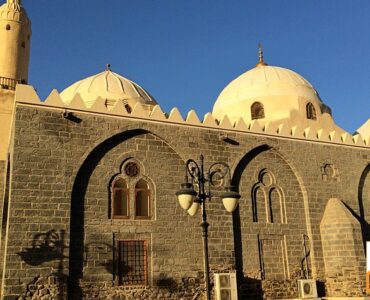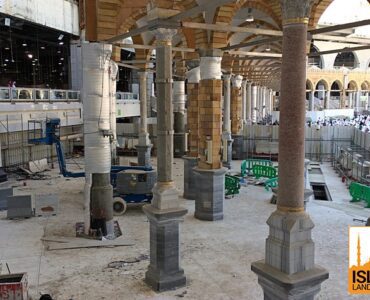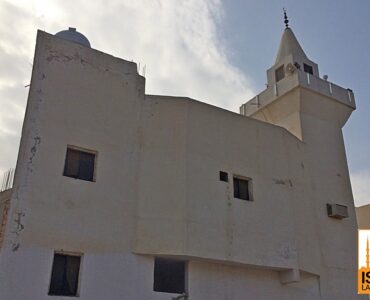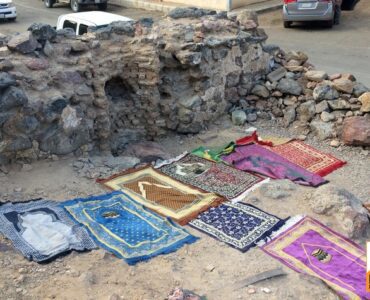Madinah Munawarrah (“the enlightened city”) ranks as the second most holiest place in Islam after Makkah. It is the city that gave refuge to the Prophet Muhammad (ﷺ) and the early Muslims upon their migration from Makkah and where lies the burial place of the Prophet (ﷺ).
- The city of Madinah was originally known as Yathrib, an oasis city dating as far back as the 6th century BCE. During the war between Jews and Romans in the third century CE, many Jews fled Jerusalem and migrated to their ancestral place of Yathrib (present Madinah). Nero sent a massive Roman force under Petra Lenidas to Madinah to massacre the Jews in 213 CE. A community survived and by the time the Prophet (ﷺ) had migrated there was a large Jewish presence around the city.
- The Jews were eagerly waiting for the arrival of a prophet who, according to their scriptures, would appear in Madinah. They used to taunt the local Arabs that when he did arrive, according to their prophesies, the Jews would destroy the pagans as the ancient people of Aad and Thamud had been destroyed for their idolatry. However, when they realized that the final prophet was chosen among the Arabs rather than from the Jews their pride got the better of them and they rejected him even though as the Quran mentions (in 2:146) they recognized him as they recognize their sons. In spite of this, there were some Jews who embraced Islam, most notably Hussain bin Salam, one of their most learned Rabbis. The Prophet (ﷺ) changed his name to Abdullah bin Salam.
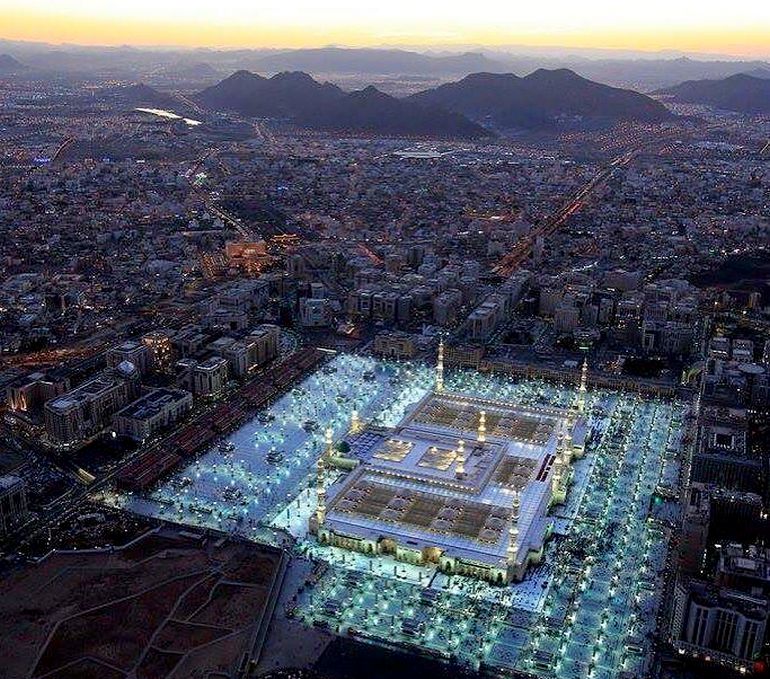

- The city of Madinah was not unfamiliar to the Prophet (ﷺ) when he emigrated there. His father Abdullah was buried there and when he was six years old he had travelled with his mother Aminah and their devoted slave girl Barakah (later to be known as Umme Ayman). In later life he recounted how he had learned to swim in a pool which belonged to his kinsmen with whom they had stayed, and how the boys taught him to fly a kite. However, not long after they had set out for the return journey his mother fell very ill, and died a few days later at Abwa, not far from Yathrib where she was buried. Barakah did what she could to console the boy, now doubly an orphan and brought him back to Makkah.
- About a year before the migration, the Prophet (ﷺ) had dispatched Mus’ab bin Umair (رضي الله عنه) on a mission to propagate Islam (Tableegh) to the people of Madinah. Many of the Ansar became Muslims at his hands.
- Madinah is 210 miles (340 km) north of Makkah. At the time of the Prophet (ﷺ), the part of Madinah which was mainly inhabited by the Muhajireen (Emigrants) was approximately the size of the present masjid and the surrounding white tiled area.
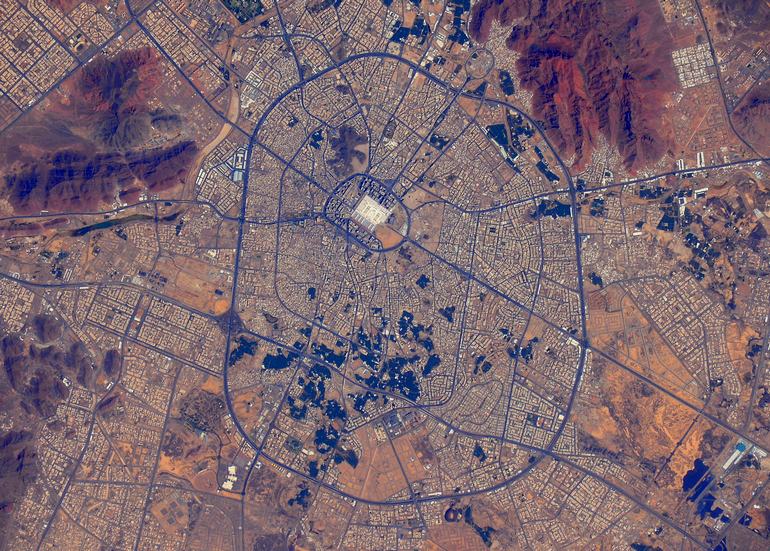

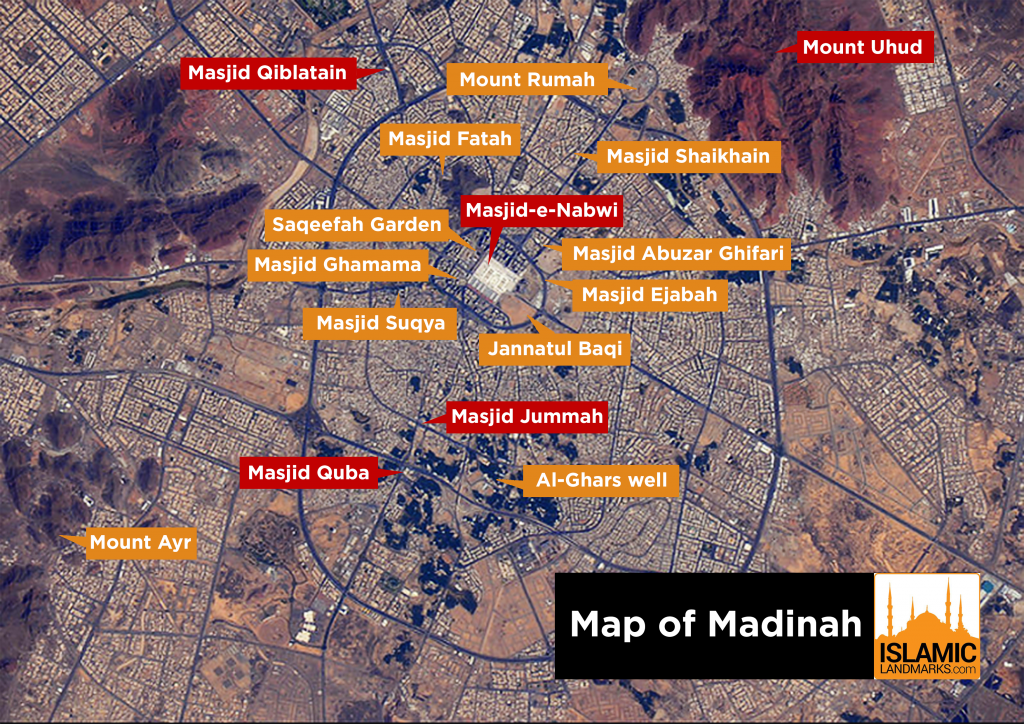

- Narrated Anas (رضي الله عنه): Whenever the Prophet (ﷺ) returned from a journey and observed the walls of Madinah, he would make his mount go fast, and if he was on an animal (i.e. a horse), he would make it gallop because of his love for Madinah [Bukhari]. The Prophet (ﷺ): “For the believer, Madinah is the best place. If only they could understand it’s virtue fully, they would never leave it, and whoever departs from Madinah, having become disenchanted with it, Allah will send someone better to replace him. And whoever bears patiently the ordeals of Madinah, for him shall I be an intercessor(or witness) on the Day of Qiyamah.” [Muslim]
- It is narrated by Aisha (رضي الله عنها): When we came to Madinah, it was an unhealthy, uncongenial place. Abu Bakr (رضي الله عنه) fell sick and Bilal (رضي الله عنه) also fell sick; and when Allah’s Messenger (ﷺ) saw the illness of his Companions he said: “O Allah, make Madinah as beloved to us as you made Makkah beloved or more than that; make it conducive to health, and bless us in its sa’ and mudd’ (two standards of weight and measurement) and transfer its fever to Juhfa.” [Bukhari]
- It is stated in another hadith: “There will be no town which Ad-Dajjal (the anti-Christ) will not enter except Makkah and Madinah, and there will be no entrance (road) but the angels will be standing in rows guarding it against him, and then Madinah will shake with its inhabitants thrice and Allah will expel all the nonbelievers and the hypocrites from it.” [Bukhari]
- Narrated Abu Huraira (رضي الله عنه): The Prophet (ﷺ) said, “Verily, Belief returns and goes back to Madinah as a snake returns and goes back to its hole (when in danger).” [Bukhari]
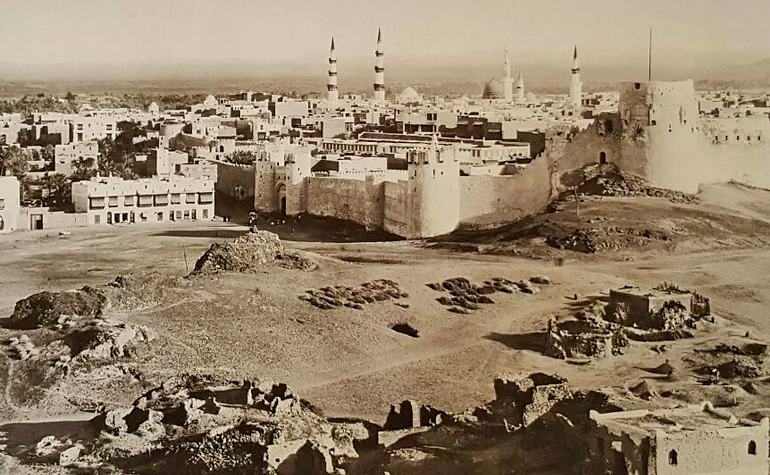

References: History of Madinah Munawwarah – Dr. Muhammad Ilyas Abdul Ghani, Wikipedia, Muhammad – Martin Lings

